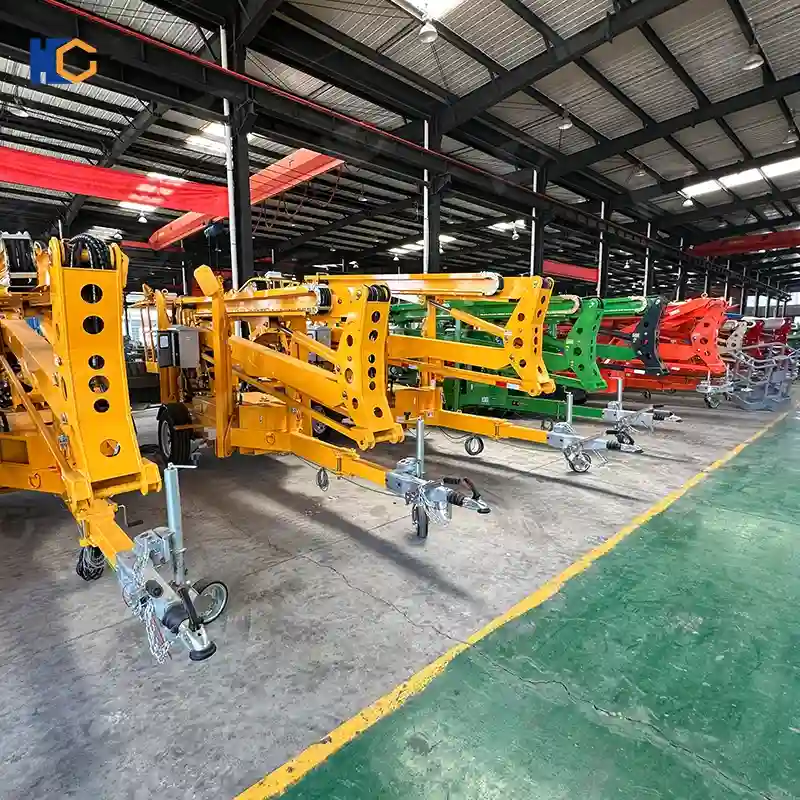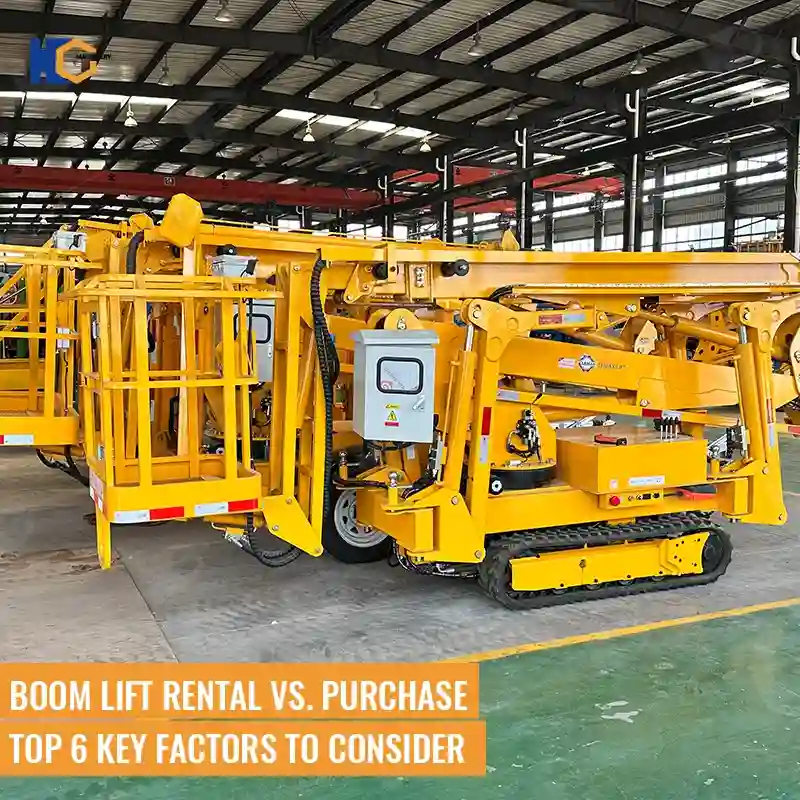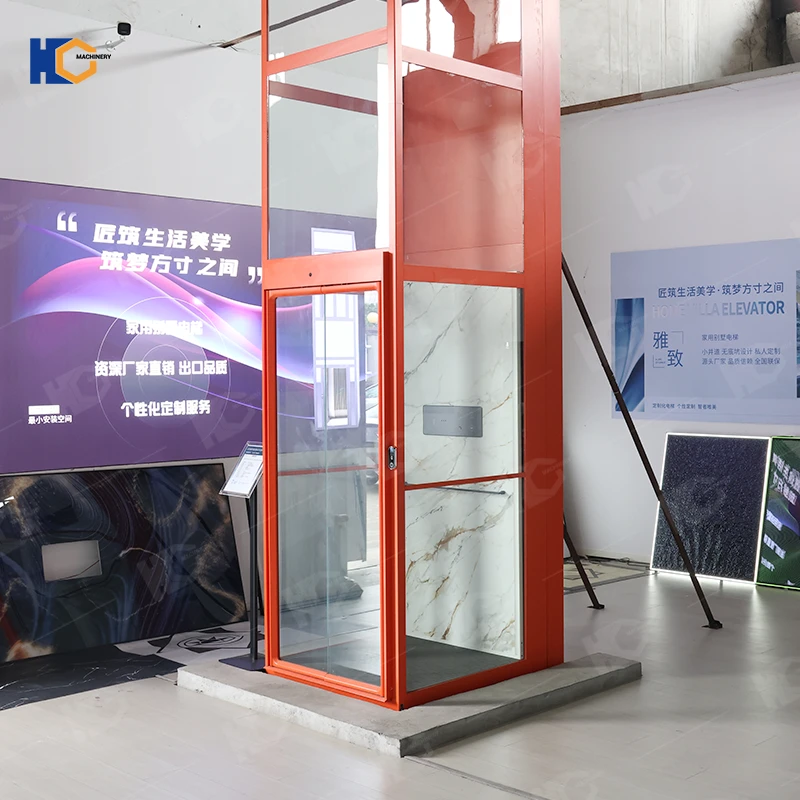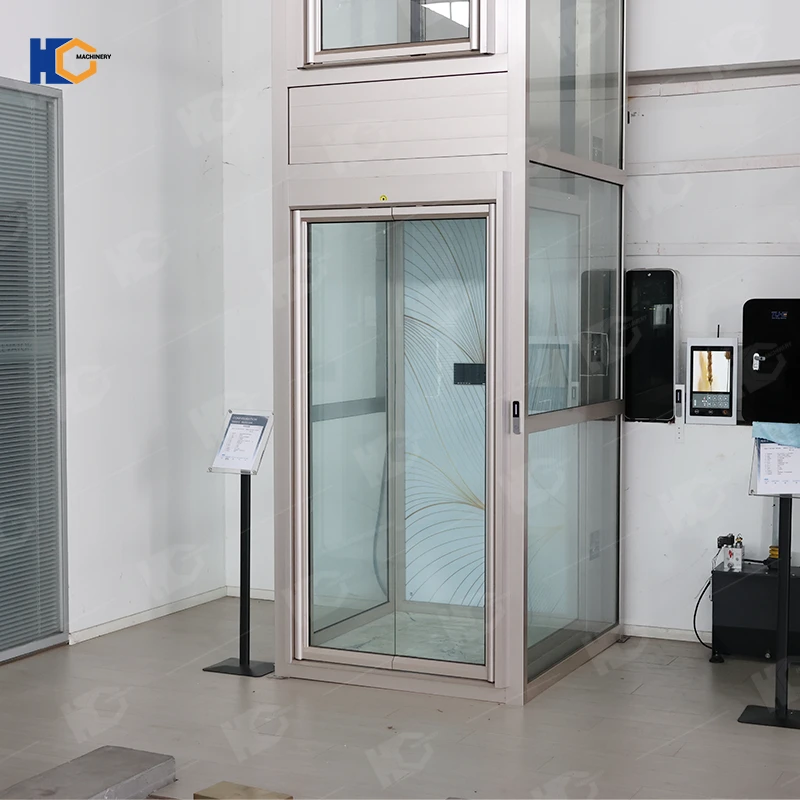Boom lifts, also known as aerial work platforms (AWPs), are versatile machines designed to safely elevate workers and materials to high or hard-to-reach areas. Commonly used in construction, facility maintenance, industrial projects, and even event setups, these machines come in various types—such as articulating booms (for maneuverability around obstacles) and telescopic booms (for straight, extended reach). Their ability to improve efficiency and worker safety makes them indispensable in many industries.
However, businesses often face a critical decision: Should they rent or buy a boom lift? Each option has distinct advantages and drawbacks, depending on factors like budget, project duration, and long-term operational needs. Renting provides flexibility and avoids large upfront costs, making it ideal for short-term or occasional use. On the other hand, purchasing can be more cost-effective for companies with frequent, long-term demands—but it also comes with added responsibilities like maintenance, storage, and depreciation.
The purpose of this article is to break down the key considerations—cost, usage frequency, maintenance, and risk—to help businesses determine whether renting or buying a boom lift aligns best with their operational and financial goals. By evaluating top 6 key factors, companies can make a well-informed decision that maximizes productivity while minimizing unnecessary expenses.

1. Cost Considerations: Boom Lift Rental vs. Purchase
When deciding whether to rent or buy a boom lift, cost is one of the most critical factors. Businesses must evaluate upfront expenses, long-term costs, and financial benefits to determine the most economical choice. Below, we break down key cost considerations—including a break-even analysis and tax implications—along with a comparative data table for clarity.
(1). Upfront Costs: Purchase Price vs. Rental Fees
Buying: A new boom lift can cost between $25,000 to $200,000+, depending on type (articulating vs. telescopic), reach (30 ft. to 180 ft.), and features. Used models may range from $15,000 to $100,000.
Renting: Daily rates average $200–$500, weekly $800–$1,500, and monthly $2,000–$5,000, varying by location and demand.
(2). Long-Term Expenses
| Expense Category | Owning (Annual Cost) | Renting (Annual Cost) |
|---|---|---|
| Maintenance | $2,000–$5,000 (parts, labor) | Included in rental fee |
| Storage | $1,000–$3,000 (warehouse/yard) | None |
| Insurance | $1,500–$3,000 (liability & damage) | Often covered by rental co. |
| Depreciation | ~10–20% of purchase price/year | N/A |
(3). Break-Even Analysis: When Does Buying Become Cheaper?
Example: A $50,000 boom lift with $5,000/year in upkeep vs. renting at $3,000/month.
Annual ownership cost: ~$12,000 (maintenance + storage + insurance + depreciation).
Annual rental cost: $36,000.
Break-even point: ~2–3 years of frequent use.
Rule of Thumb: If needed for >6 months/year, buying often saves money.
(4). Tax Implications
Buying:
Depreciation deductions (IRS Section 179): Write off up to $1.22 million (2024) in equipment costs.
Bonus depreciation: Deduct 60–100% of the purchase price in the first year (phasing out by 2027).
Renting:
Rental fees are 100% deductible as business expenses.
For short-term or sporadic projects, renting avoids large capital outlays and hidden costs. For long-term use (>2–3 years), buying may offer savings, especially with tax benefits. Use the table above to compare your specific scenario.
2. Frequency and Duration of Use: Rent vs. Buy a Boom Lift
The decision to rent or purchase a boom lift heavily depends on how frequently and how long you'll need the equipment. Here's a breakdown of key considerations:
Short-Term Projects: The Case for Renting
For projects lasting less than 6 months, renting is typically the smarter financial choice. Consider these advantages:
No large capital outlay - Avoid tying up $25,000-$200,000 in equipment purchases
Flexibility to scale - Easily adjust to changing project needs
Access to latest models - Rental fleets often feature newer, well-maintained equipment
No long-term commitments - Perfect for one-off jobs or temporary workforce expansions
Long-Term or Frequent Use: When Buying Makes Sense
Ownership becomes economically viable when:
Usage exceeds 6-9 months annually - The break-even point typically falls around 2-3 years of regular use
Predictable, ongoing needs - Ideal for companies with continuous operations
Specialized requirements - Custom modifications may justify ownership
Fleet standardization - Large contractors may benefit from uniform equipment
Seasonal Demand: The Best of Both Worlds
For businesses with fluctuating needs:
Peak season solutions - Rent additional units during busy periods
Off-season savings - Avoid paying for idle equipment
Try before you buy - Test different models before making a purchase decision
Key Takeaway: Analyze your annual usage patterns. Renting offers unmatched flexibility for variable demand, while purchasing delivers long-term value for consistent, heavy use. Most companies find a hybrid approach - owning core equipment while renting for peak demands - provides the optimal balance.
3. Maintenance and Storage: Key Considerations for Boom Lifts
Ownership Responsibilities
Purchasing a boom lift comes with ongoing operational costs:
Maintenance: Annual servicing, parts replacement, and unexpected repairs can cost $2,000–$5,000+
Storage: Requires secure warehouse or yard space ($1,000–$3,000/year)
Downtime: Equipment failures directly impact productivity and project timelines
Technical Expertise: Need trained staff or service contracts for proper upkeep
Rental Advantages
Renting eliminates most long-term maintenance burdens:
No Repair Costs: Rental companies handle all servicing and parts replacement
Always Updated: Access to newer, well-maintained models with the latest safety features
No Storage Needs: Return equipment after use, avoiding facility costs
Immediate Replacements: If issues arise, providers typically swap units quickly
Bottom Line: Ownership makes sense for companies with dedicated maintenance teams and storage facilities. For most businesses, renting reduces overhead while ensuring reliable, up-to-date equipment.
4. Equipment Availability and Technology: Rent vs. Buy Considerations
When choosing between renting and buying a boom lift, technology access and equipment availability play crucial roles in operational efficiency.
Latest Models Through Rental
Rental fleets typically feature:
Newer equipment with advanced safety systems and fuel-efficient engines
Regularly maintained machines that meet current OSHA/ANSI standards
Immediate availability of various boom types (articulating, telescopic, electric)
Technology upgrades like load sensors, anti-collision systems, and telematics
For companies prioritizing cutting-edge equipment without capital investment, renting provides a clear advantage.
Customization Benefits of Ownership
Purchasing allows for:
Specialized modifications (unique attachments, custom platforms, or branding)
Long-term equipment consistency for trained operators
Fleet standardization across multiple job sites
However, owned equipment may become technologically outdated over time, requiring costly upgrades.
Key Takeaway: Renting is ideal for accessing modern, well-maintained machines with zero upgrade commitments. Ownership suits businesses needing permanent custom solutions and long-term equipment control.
5. Flexibility and Business Needs: Renting vs. Buying Boom Lifts
The choice between renting and buying a boom lift significantly impacts your operational flexibility and ability to scale. Here's how each option aligns with different business needs:
Project Variety & Equipment Access
Renting offers unmatched versatility for diverse projects:
Multiple boom types available on demand (articulating for tight spaces, telescopic for height)
Right-size equipment for each job without long-term investment
Specialized attachments (outreach jibs, insulated buckets) as needed
Seasonal adaptability to handle peak workloads
Business Growth Considerations
Renting Advantages:
Scale operations up/down quickly without capital constraints
Test different models before committing to purchase
Avoid technology obsolescence as your needs evolve
Ownership Benefits:
Stable equipment costs for predictable long-term projects
Asset accumulation for growing fleets
Brand consistency across job sites
Strategic Insight: Fast-growing businesses or those with fluctuating project types benefit most from rental flexibility, while stable operations with consistent needs may prefer ownership. Many successful companies use a hybrid approach - owning core equipment while renting specialized or additional units as needed.
Key Question: Does your current project pipeline justify long-term equipment investment, or do you need the flexibility to adapt to changing demands?
6. Risk and Liability: Evaluating Boom Lift Rental vs. Purchase
When acquiring a boom lift, understanding risk allocation and operational downtime is critical for protecting your business.
Insurance & Damage Costs
Renting:
Rental agreements typically include basic insurance coverage (verify limits)
Damage costs may be capped (e.g., $1,000–$5,000 deductible)
Liability often shared with rental provider for major failures
Owning:
Requires full-coverage insurance ($1,500–$3,000 annually)
Bear 100% risk for accidents, theft, or damage
Potential for higher long-term liability exposure
Equipment Downtime Impact
Rental Advantage:
Providers guarantee quick replacements (often within 24 hours)
No repair costs or logistical headaches
Ownership Challenge:
Breakdowns cause project delays (average 3–7 days for repairs)
Absorb full cost of parts, labor, and lost productivity
Risk Management Tip: Renting significantly reduces financial exposure and operational risk, while ownership requires robust contingency planning. For most businesses, especially those without dedicated maintenance teams, the risk mitigation of renting proves invaluable.

Case Scenarios: When to Rent vs. Buy a Boom Lift
The decision to rent or purchase a boom lift depends heavily on your business size, project duration, and operational needs. Below are real-world scenarios to help guide your choice.
Best for Renting: Flexibility and Cost Control
Small Businesses & Startups
Avoid large upfront costs ($25,000–$200,000+)
No long-term maintenance or storage expenses
Scale equipment needs as business grows
Short-Term Projects (<6 months)
Construction contractors with seasonal work
Facility maintenance teams handling one-off repairs
Event companies needing temporary access
Limited Storage Space
Urban contractors with small yards
Businesses without warehouse facilities
Projects in tight job sites
Testing New Markets
Try different boom lift types before committing
Access specialized equipment for unique jobs
Best for Buying: Long-Term Value & Control
Large Construction Firms
High utilization (200+ days/year) justifies investment
Standardized fleet simplifies operator training
Tax benefits (depreciation, Section 179 deductions)
Long-Term Projects (1+ years)
Infrastructure developers with multi-year contracts
Industrial plants with continuous maintenance needs
High-Frequency Users
Telecom companies servicing towers regularly
Municipalities with ongoing public works
Specialized Requirements
Custom modifications (unique platforms/attachments)
Companies needing branded equipment
Hybrid Approach: Many successful businesses own core units while renting for peak demands or specialized jobs.
Key Takeaway: Match your acquisition strategy to your actual usage patterns – not hypothetical needs.
Conclusion: Making the Right Boom Lift Decision
Choosing between renting and buying a boom lift requires careful evaluation of costs, flexibility, and long-term business objectives.
Key Takeaways:
Renting excels for short-term needs, limited capital, and variable demand, offering access to modern equipment without maintenance burdens.
Buying makes financial sense for frequent, long-term users who can benefit from ownership perks like customization and tax advantages.
Risk management favors renting, while ownership demands greater operational responsibility.
Final Recommendation:
Analyze your:
✓ Budget (upfront vs. long-term costs)
✓ Project timeline & frequency
✓ Storage and maintenance capabilities
Next Steps:
Consult with equipment rental specialists to compare local rates, or speak with a financial advisor to evaluate purchase ROI. Many providers offer cost-comparison tools to help determine the smarter choice for your specific situation.
Premium Boom Lifts – Custom Solutions for Your Business
We specialize in manufacturing and selling high-quality boom lifts, offering a wide range of models to meet diverse industrial needs. Whether you need articulating booms for tight spaces, telescopic booms for extended reach, or specialized lifts for unique applications, we have the right solution.
Why Choose Us?
✔ Customizable Options – Tailored boom lifts to fit your exact requirements
✔ Global Supply – Reliable shipping and support for international clients
✔ Competitive Pricing – Cost-effective solutions for both purchase and long-term leasing
Contact us to discuss your project needs and receive a personalized quote. Let us help you enhance productivity, safety, and efficiency with the perfect boom lift solution!



